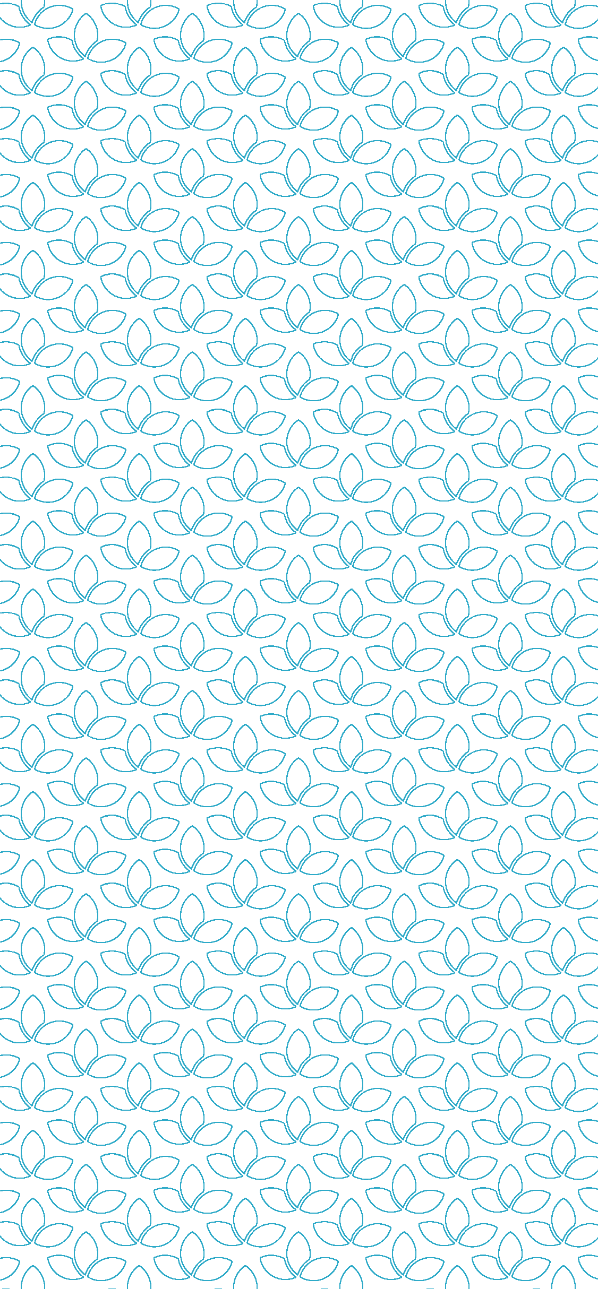Removal of Skin Tags



Skin tags are excised by an experienced skin specialist doctor using liquid nitrogen or surgical excision after local anesthesia.
Among the disturbing things that affect people is the appearance of a skin tag in different places of the body, which causes inconvenience to the patient and worries him about the seriousness of these growths. At Tadawi Medical Center, we offer you the removal of skin tags service under the supervision of a group of expert doctors, using liquid nitrogen or surgically, with or without local anesthesia of the area depending on your preference and the size of the skin tags.
What are skin tags?
They are excess bumps in the skin that usually appear on the neck or armpits and other parts … their size ranges from 2–10 mm. They are benign tumours that are harmless even if left untreated. It consists of a group of fibres, ducts, nerves, and fat cells.
Why am I getting skin tags?
- Age
With age, the skin loses its elasticity, the production of collagen and fibers in the skin decreases, and the percentage of dryness increases, which makes the skin a suitable environment for the growth of skin tags, knowing that they appear in young children as well.
- Hormonal disorders
The high level of estrogen and progesterone affects the integrity of the skin, especially during pregnancy, causing the appearance of skin tags on the neck, face, and chest.
- Diabetes
Hereditary high blood sugar and insulin levels increase the risk of developing skin tags, and excessive obesity raises the percentage of skin tags and consequently causes skin irritation.
- Friction
Skin friction with clothes and skin friction in damp places that are not exposed to ventilation leads to the appearance of skin tags between the moist folds of the skin, such as the area under the breasts.
- Some health disorders
Metabolic syndrome, polycystic ovary syndrome, hyperlipidemia, and elevated levels of highly sensitive C-reactive protein are all disorders that cause skin tags.
Do skin tags get bigger with time?
Among the signs of skin tag appearance are small fleshy bumps that appear on the skin and are very small in size, not exceeding 10 millimetres, and sometimes their size can increase. As their size increases, their need for removal increases, especially as they cause aesthetic distortion and may rub clothes and disturb the patient.
When are skin tags dangerous?
Skin tags are a benign condition that is not dangerous and can be tolerated, except in some cases that require the removal of skin tags by a doctor, which are:
- Excessive increase in the size of the skin tag.
- Spread to other parts of the body.
- Bleeding from the skin tag.
- Feeling pain while touching it.
- Its colour has changed to brown or red.
- Its texture changed to coarse.
- Hair appears on it.
How do I get rid of skin tags?
- Cryotherapy
Removal of skin tags by cooling or freezing, where liquid nitrogen is used to freeze skin tags, which then fall off on their own after about 10 days.
- Surgical excision
Remove moles and skin tags using a surgical scalpel to cut them and suture the wound in its place; it is considered one of the best skin tag removers and does not cause any pain or bleeding.
- Electrocautery
The skin tags treatment with electric heat resulting from the skin appendix removal device, which leads to burning the fibrous tumours and preventing blood from flowing into the skin appendix, causing its death and removal automatically.
What does the skin tag indicate?
Most skin tags are non-cancerous, do not spread among the cells, and are often only a cosmetic problem. However, the patient should visit a doctor to conduct tests and ensure that the skin tag is free of malignant tumours, in addition to determining a method to remove skin tags.
Are skin tags a symptom of something?
The appearance of skin tags indicates infection with one of the following diseases:
- Ovarian cyst and hormonal imbalance
- Hyperlipidemia or hyperlipidemia disorder
- Metabolic Syndrome (high blood sugar, high blood pressure, and high triglycerides)
- Birt-Hogg-Dube syndrome is a type of rare genetic disease.